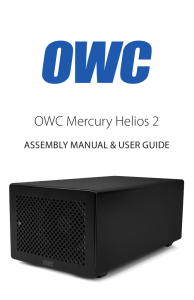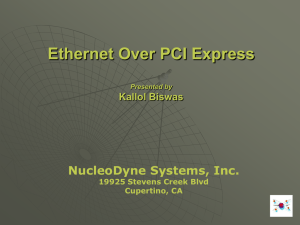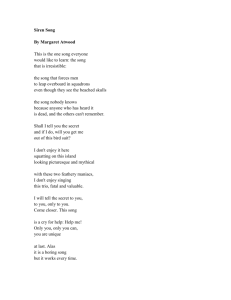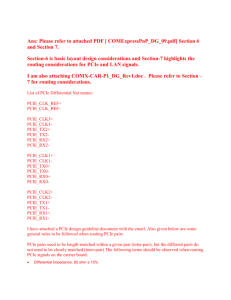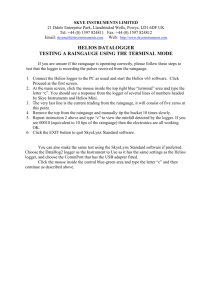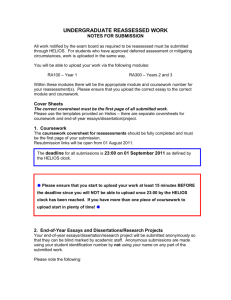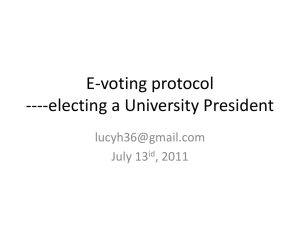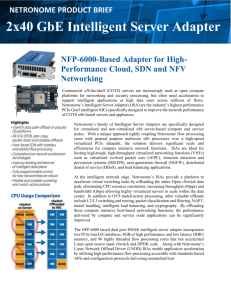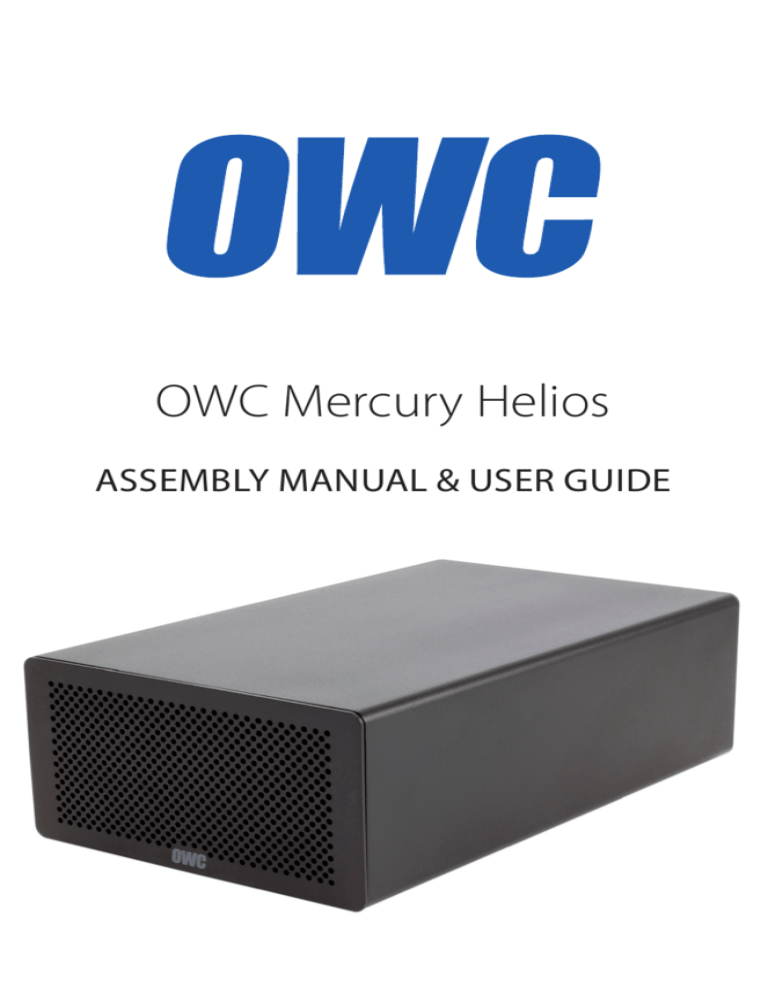
OWC Mercury Helios
ASSEMBLY MANUAL & USER GUIDE
TABLE OF CONTENTS
1. INTRODUCTION ...........................................................................................1
1.1 MINIMUM SYSTEM REQUIREMENTS
1.1.1 Apple® Mac® Requirements
1.1.2 PC Requirements
1.1.3 Supported PCIe Cards
1.2 PACKAGE CONTENTS
1.3 ABOUT THIS MANUAL
1.4 FRONT VIEW
1.5 REAR VIEW
1.6 SPECIFICATIONS
2. SYSTEM SETUP .............................................................................................3
2.1 ASSEMBLY
2.2 CONNECTION
3. APPENDIX ......................................................................................................9
3.1 TROUBLESHOOTING
3.2 TECHNICAL SUPPORT HOURS AND CONTACT INFORMATION
OWC MERCURY HELIOS
TABLE OF CONTENTS
INTRODUCTION
1.1 MINIMUM SYSTEM REQUIREMENTS
1.1.1 Apple® Mac® Requirements
1.1.2 PC Requirements
tThunderbolt™ port, OS X® 10.9 or later
tThunderbolt port, Windows® 7 or later
NOTE: Boot Camp® is not supported. The Thunderbolt certification process does
not include Macs running Windows through Boot Camp.
1.1.3 Supported PCIe Cards
tThunderbolt-compatible PCIe cards (see Section 1.6 for details).
1.2 PACKAGE CONTENTS
OWC Mercury
Helios
Power Supply
and cable
Thunderbolt cable
1.3 ABOUT THIS MANUAL
Firmware, images, and descriptions may vary slightly between this manual and the unit
shipped. Functions and features may change depending on the firmware version. Please
visit the product webpage for the most recent product specifications.
1.4 FRONT VIEW
1
1. LED Power Indicator — This LED illuminates when there is an active data connection
between the Helios and the computer. If the Helios is unplugged from power or if the
Thunderbolt cable is unplugged, the Helios will power off and the LED power indicator
will also turn off.
OWC MERCURY HELIOS
1
INTRODUCTION
1.5 REAR VIEW
1
2
4
1.
3
1. PCIe slot cover — Remove this PCIe slot cover if you are installing a double-width PCIe
card in the Helios. Even though the Helios has an extra PCIe slot cover, it does NOT contain
two PCIe slots.
2. PCIe slot — Note that there is an opening at the rear of the Helios. This opening lines up
with the single PCIe slot inside the Helios, and the opening will be filled by the bracket of
the PCIe card that you will install.
3. Thunderbolt 2 ports — Connect the included Thunderbolt cable between one of these
ports and another Thunderbolt port on your computer. The other Thunderbolt 2 port can
be used to chain additional Thunderbolt devices. Thunderbolt device chains can contain
up to six total Thunderbolt devices, and a display can be connected at the end.
4. DC power input — Connect the included 12V DC power supply here.
1.6 SPECIFICATIONS
Interface Ports
Two Thunderbolt 2 (20Gb/s) ports
Expansion Slot
One PCIe 2.0 (x16 slot, operates at x4)
Supported PCIe Cards
One half-length (up to 7.75”), full-height, single- or double-width
PCIe card up to x16 (operates at x4);
Graphics cards are NOT supported
Power to PCIe Card
25W (slot) +75W (supplemental power cable)
Power Adapter
AC Input: 100-240V, ~50-60Hz
DC Output: 12V, 10A (120W)
Dimensions
9.17 in. x 5.87 in. x 2.99 in. (23.3 cm x 14.9 cm x 7.6 cm)
Weight (Without PCIe Card)
3.85 lbs. (1.75 kg)
Fan Noise Level
23 dB(A)
Operating Temperatures
41° F to 95° F (5° C to 35° C)
Compliances
CE, FCC
OWC MERCURY HELIOS
2
INTRODUCTION
SYSTEM SETUP
These are static-sensitive devices. They are susceptible to invisible damage
from static electricity if not protected during assembly.
We recommend proper grounding by using a grounding strap. Make sure
to work in a clean and static-free area, and avoid wearing clothing that
retains static charges.
For more information, please visit: http://www.macsales.com/static
2.1 ASSEMBLY
1. Remove the Helios from its packaging and place it on a soft surface.
2. Loosen the two thumscrews at the rear of the Helios enclosure, circled below in red. You
can use your hands or a Phillips screwdriver. These are captive screws, so you will not be
able to remove them from the enclosure. Simply loosen the screws until they spin freely.
OWC MERCURY HELIOS
3
SYSTEM SETUP
3. Push on the inner chassis at the rear to get the inner chassis to begin sliding out of the
outer enclosure, as shown below. When the inner chassis has moved far enough, pull on
the front of the inner chassis to remove it fully from the outer enclosure.
4. Turn the inner chassis so that the PCIe slot is facing up, as shown below. Using your fingers
or a Phillips screwdriver, remove the screw from the empty PCIe slot, circled below in red.
If you are installing a double-width PCIe card, remove the second screw and lift out the
PCIe slot cover. If you are not installing a double-width card, leave the PCIe slot cover in
place and proceed to the next step.
OWC MERCURY HELIOS
4
SYSTEM SETUP
5 Install the PCIe card as shown below. Line up the connectors on the PCIe card with the
PCIe slot, and make sure that the edge of the metal bracket on the PCIe card lines up with
the slot in the bottom of the Helios.
NOTE: Handle the PCIe card only by its edges. Do not touch any of the components on
the face of the PCIe card or the golden connectors.
6. Press down on the PCIe card to seat the connectors into the PCIe slot in the Helios, as
shown below. Press directly down; do not twist or rock the card. If the card does not seat
fully, do not force it in. Remove the card, check to make sure that there is no damage to
the card or the slot and that the bracket is not bent, then try again.
OWC MERCURY HELIOS
5
SYSTEM SETUP
7. Use the screw(s) that you removed earlier to secure the PCIe card to the inner chassis, as
circled below. Do not overtighten the screw(s).
8. Slide the inner chassis back into the outer enclosure as shown below, then turn the Helios
so that it is standing on its feet.
OWC MERCURY HELIOS
6
SYSTEM SETUP
9. When the inner chassis is fully seated into the outer enclosure, tighten the thumbscrews
on the back of the Helios, circled below in red. Press each screw in toward the enclosure,
then twist clockwise while still applying pressure. Keep twisting until you feel increased
resistance.
Assembly is now complete. Proceed to Section 2.2 for information on connecting the
Helios to a computer and to other Thunderbolt devices.
OWC MERCURY HELIOS
7
SYSTEM SETUP
2.2 CONNECTION
1. Connect the included Thunderbolt cable between the Helios and your computer. If
you intend to chain more Thunderbolt devices, connect a cable between the other
Thunderbolt port on the Helios and a Thunderbolt port on the device you would like
to add to the chain.
2. Make any necessary cable connections to the PCIe cards installed in the Helios.
3. Connect the power adapter to the Helios and into a power outlet.
NOTES:
tThe Helios does not have an on/off switch. As long as the power supply is connected,
the Helios will turn on when it receives a data signal through the Thunderbolt cable.
If there is no Thunderbolt cable connected, or if the computer is off or in a sleep or
hibernation mode, the Helios will turn off.
tThunderbolt chains can contain up to six total Thunderbolt devices, and a display can
be connected at the end.
tMake sure that the installed PCIe card is Thunderbolt compatible, either natively or
through a Thunderbolt-compatible driver from the manufacturer.
tNever install a PCIe card while the Helios is connected to power or to a computer.
Doing so carries a risk of injury as well as damage to the PCIe card, the Helios, and the
computer.
OWC MERCURY HELIOS
8
SYSTEM SETUP
APPENDIX
3.1 TROUBLESHOOTING
NOTE: Boot Camp is not supported. The Thunderbolt certification process does not include
Macs running Windows through Boot Camp.
Begin your troubleshooting by verifying that the power cable is connected to the Helios
and to a power source. If the power cable is connected to a power strip, make sure that
the power switch on the strip is turned on. Then, verify that both ends of your Thunderbolt
cable are properly plugged into the computer and the Helios.
Try to confirm that the Helios and any installed PCIe cards are seen correctly by the computer.
In OS X, go to System Information (click on the Apple logo on the left of the menu bar, hold
down the ‘Option’ key, then select ‘System Information’). The Helios will show up under
‘Thunderbolt’ if it is connected correctly. Any installed PCIe cards will show up under ‘PCI
Cards’. If you do not see the Helios, try using a different Thunderbolt cable. If you do not see
your PCIe card, unplug the Helios and follow the assembly steps in Section 2.1 to remove
and re-install the PCIe card. If you do see the PCIe card in System Information, check the
‘Tunnel Compatible’ section. If it says ‘No’, the PCIe card is not currently using a Thunderboltcompatible driver. Check with the PCIe card manufacturer for a Thunderbolt-compatible
driver.
In Windows, you can look at all connected Thunderbolt devices by using the ‘Thunderbolt
Software’ application. Go to the system tray in the task bar and right-click on the Thunderbolt
icon, then select ‘View Connected Devices’. If connected correctly, the Helios will be
displayed in the list. Installed PCIe cards will show up in the appropriate subsection of Device
Manager, though there is no way in Device Manager to determine if a PCIe card is using a
Thunderbolt-compatible driver.
If your computer does not have the ‘Thunderbolt Software’ icon in the system tray, go to
Device Manager, expand the ‘System devices’ list, and count how many PCI-to-PCI bridges
are listed. Compare the number of these bridges when you have the Helios connected and
when the Helios is disconnected. If this number does not change, then the computer is not
detecting the Helios. Try using a different Thunderbolt cable. If your computer does not
have Thunderbolt 2 ports, hot-swapping may not be reliable in Windows.
If problems persist, consult our online collection of frequently asked questions (http://
www.macsales.com/FAQ) or see Section 3.2 for information on contacting OWC
technical support.
3.2 TECHNICAL SUPPORT HOURS AND CONTACT INFORMATION
8AM - 8PM (CT) Monday - Friday
9AM - 4PM (CT) Saturday
Live Chat:
www.macsales.com/livechat
Telephone:
(800) 275-4576 (North America)
(815) 338-8685 (International)
Email:
www.macsales.com/ts_email
OWC MERCURY HELIOS
9
APPENDIX
Changes:
The material in this document is for information only and subject to change without notice. While reasonable efforts have
been made in the preparation of this document to assure its accuracy, Other World Computing assumes no liability resulting
from errors or omissions in this document, or from the use of the information contained herein. Other World Computing reserves the right to make changes or revisions in the product design or the product manual without reservation and without
obligation to notify any person of such revisions and changes.
FCC Statement:
Warning! Modifications not authorized by the manufacturer may void the user’s authority to operate this device.
NOTE: This equipment has been tested and found to comply with the limits for a Class A digital device, pursuant to Part 15
of the FCC Rules. These limits are designed to provide reasonable protection against harmful interference when the equipment is operated in a commercial environment. This equipment generates, uses, and can radiate radio frequency energy
and, if not installed and used in accordance with the instruction manual, may cause harmful interference with radio communications. Operation of this equipment in a residential area is likely to cause harmful interference, in which case the user
will be required to correct the interference at his own expense.
NOTE: This equipment has been tested and found to comply with the limits for a Class B digital device, pursuant to Part 15
of the FCC Rules. These limits are designed to provide reasonable protection against harmful interference in a residential
installation. This equipment generates, uses and can radiate radio frequency energy and, if not installed and used in accordance with the instructions, may cause harmful interference to radio communications. However, there is no guarantee
that interference will not occur in a particular installation. If this equipment does cause harmful interference with radio or
television reception, which can be determined by turning the equipment off and on, the user is encouraged to try to correct
the interference by one or more of the following measures:
t Reorient or relocate the receiving antenna.
t Increase the separation between the equipment and receiver.
t Connect the equipment to an outlet on a circuit different from that to which the receiver is connected.
Health And Safety Precautions:
t Use proper anti-static precautions while performing the installation of your PCIe card into this enclosure. Failure to
do so can cause damage to your PCIe card and/or the enclosure.
t Read this user guide carefully and follow the correct procedures when setting up the device.
t Do not attempt to disassemble or modify the device. To avoid any risk of electrical shock, fire, short-circuiting or dangerous emissions, never insert any metallic object into the device. If it appears to be malfunctioning, contact Other World
Computing technical support.
t Never expose your device to rain, or use it near water or in damp or wet conditions. Never place objects containing liquids
on the device, as they may spill into its openings. Doing so increases the risk of electrical shock, short-circuiting, fire or
personal injury.
General Use Precautions:
t To avoid damage, do not expose the device to temperatures outside the range of 5° C to 40° C (41° F to 104° F).
t Always unplug the device from the electrical outlet if there is a risk of lightning or if it will be unused for an extended
period of time. Otherwise, there is an increased risk of electrical shock, short-circuiting or fire.
t Do not use the device near other electrical appliances such as televisions, radios or speakers. Doing so may cause interference which will adversely affect the operation of the other products.
t Do not place heavy objects on top of the device.
t Protect your device from excessive exposure to dust during use or storage. Dust can build up inside the device, increasing
the risk of damage or malfunction.
t Do not block any ventilation openings on the device. These help to keep the device cool during operation. Blocking the
ventilation openings may cause damage to the device and cause an increased risk of short-circuiting or fire.
t For up-to-date product and warranty information, please visit the product webpage.
Copyrights and Trademarks:
© 2014 Other World Computing. All rights reserved. No part of this publication may be reproduced, stored in a retrieval
system, or transmitted in any form or by any means, electronic, mechanical, photocopying, recording or otherwise, without
the prior written consent of Other World Computing. The OWC logo and the Other World Computing logo are trademarks
of New Concepts Development Corporation. Mercury Helios and OWC are trademarks of New Concepts Development
Corporation, registered in the U.S. Patent and Trademark Office and in Canada. Apple, Boot Camp, Mac, and OS X are
trademarks of Apple Inc., registered in the U.S. and other countries. Thunderbolt is a trademark of Intel Corporation in the
U.S. and/or other countries. Windows is a registered trademark of Microsoft Corporation in the U.S. and other countries.
Other marks may be the trademark or registered trademark property of their owners.
R1 11/04/14 SL
®
OWCMANHELIOS1.2
Copyright ©2014 Other World Computing All Rights Reserved. Other World Computing’s
Limited Warranty is not transferable and subject to limitations.

